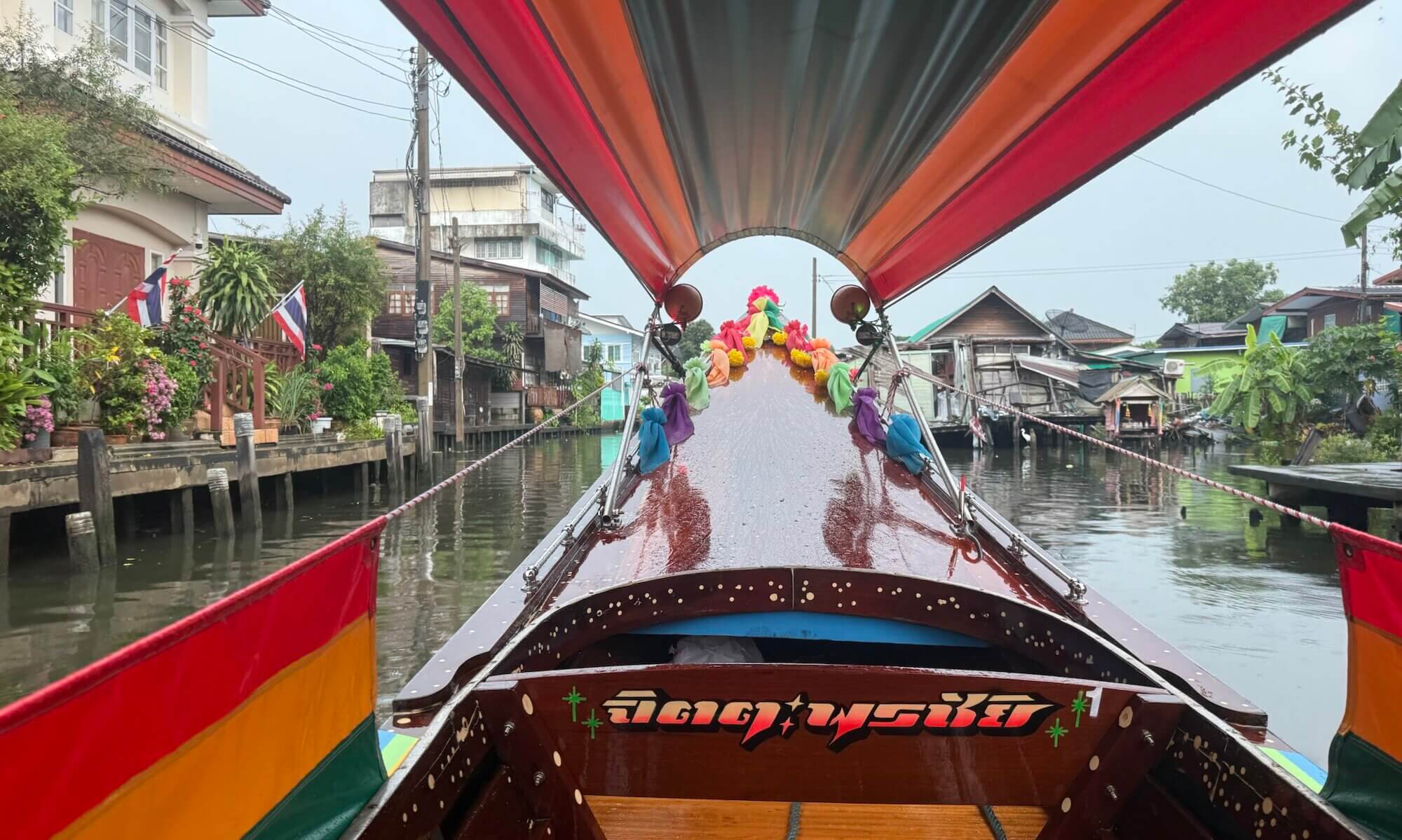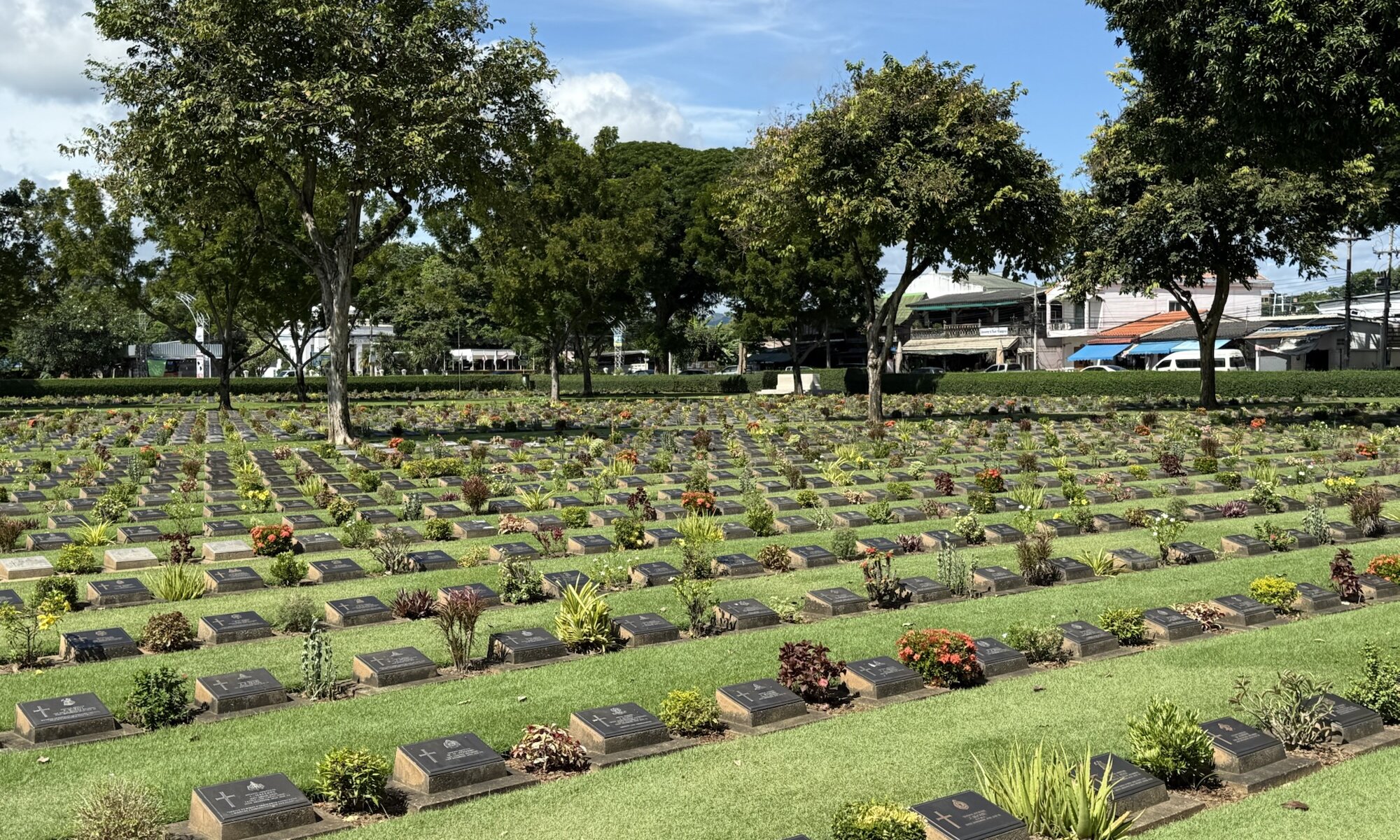The Western understanding of World War II’s Asian theatre often remains limited, with far more focus placed on European battles and events. This gap in knowledge means the profound experiences and complex roles of countries like Thailand during the war are frequently overlooked. Thailand’s position during this period was shaped by its geographical location and political pressures, which led to a unique wartime experience that had lasting implications for the country and the surrounding region.
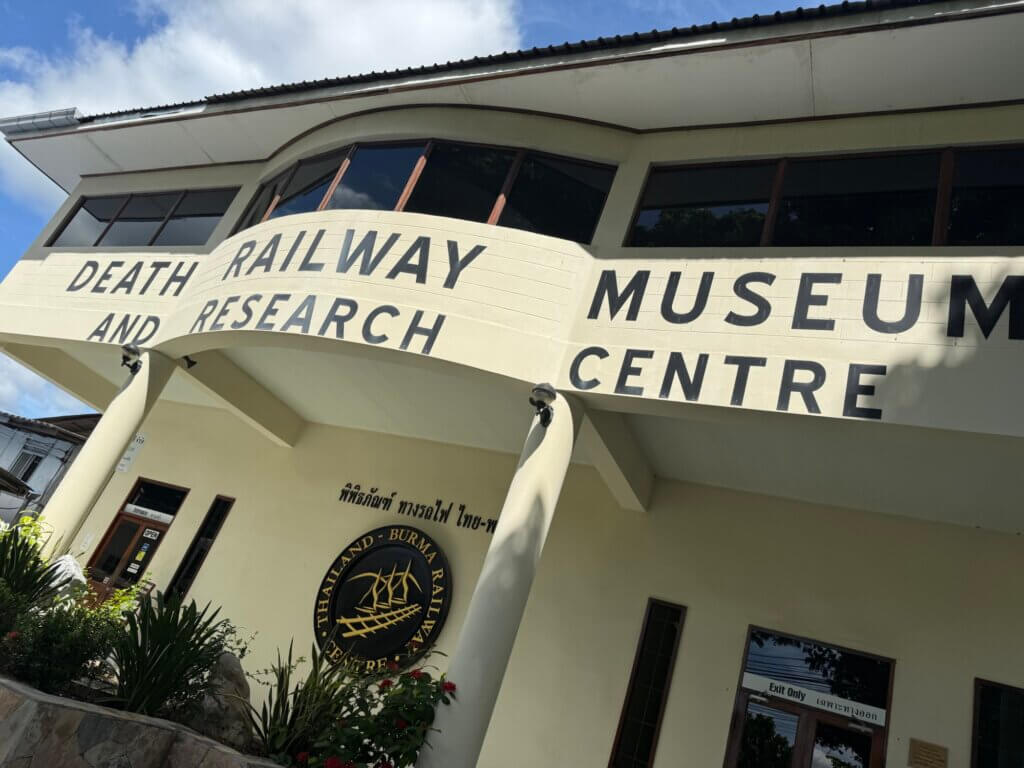
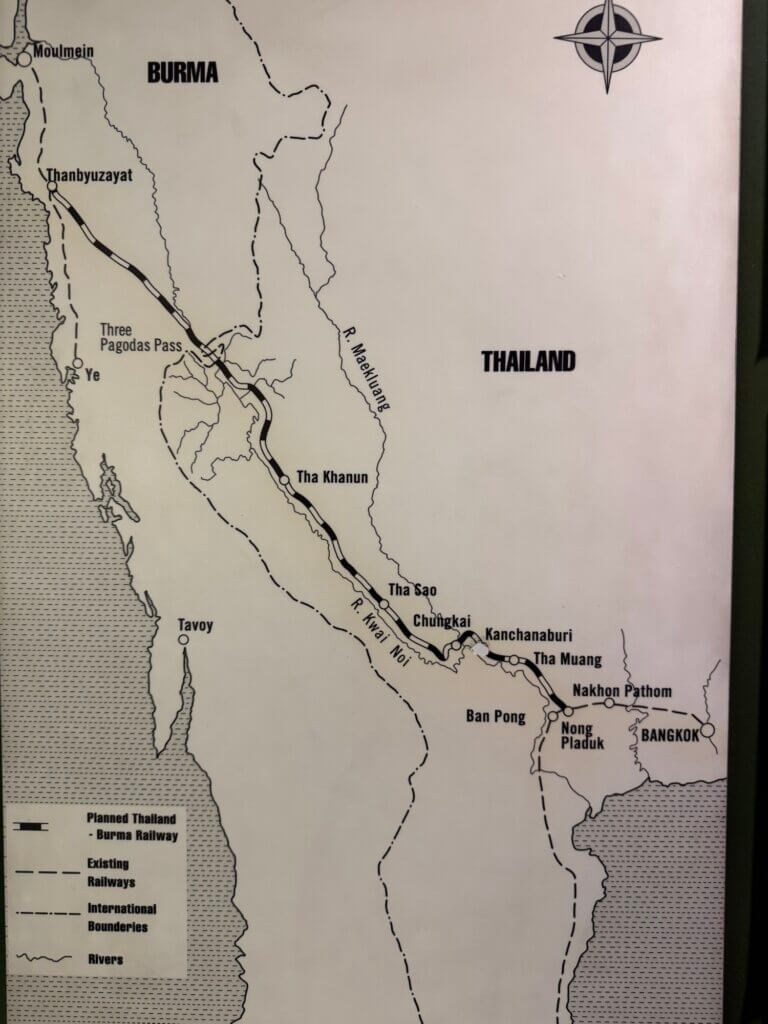
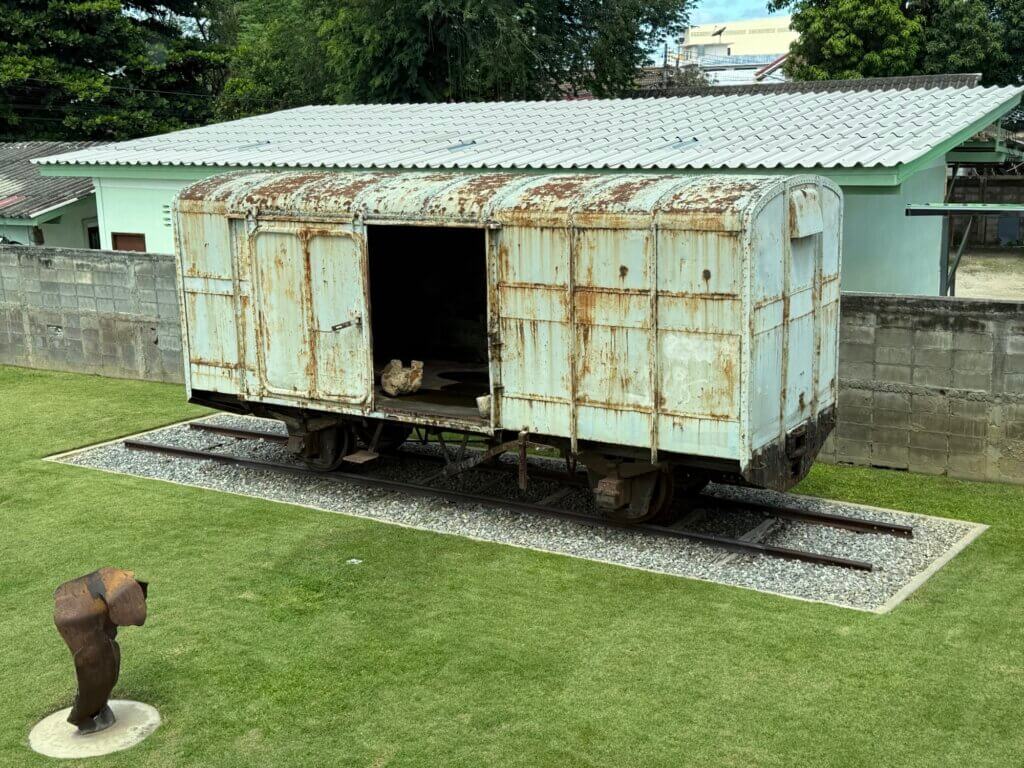
Thailand initially declared neutrality at the outbreak of World War II but found itself drawn into the conflict following Japanese expansion throughout Southeast Asia. In 1941, after a brief confrontation, Thailand permitted Japanese forces to traverse its territory to launch attacks on British-held Malaya and Burma. The Thai government under Prime Minister Phibun Songkhram allied with Japan, which allowed the country to avoid direct invasion but also involved Thailand in Japan’s broader war efforts. This alliance, however, was met with internal resistance and led to clandestine support for the Allies through a Free Thai Movement.
A stark and tragic symbol of Thailand’s wartime experience is found in the construction of the Thai-Burma Railway, often referred to as the Death Railway due to the enormous loss of life during its building. The Japanese forced tens of thousands of Allied prisoners of war, alongside local labourers, into gruelling conditions to complete this railway, which was intended to strengthen Japan’s supply lines in the region. The Death Railway Museum in กาญจนบุรี stands as a powerful memorial to this suffering, documenting the brutal working conditions, the resilience of the prisoners, and the historical context of the railway’s creation.
Nearby, the Kanchanaburi War Cemetery serves as the final resting place for many of those who perished during the railway’s construction. This cemetery and museum together provide visitors with a poignant insight into the human cost of war in Southeast Asia and Thailand’s complex historical role during World War II. For travellers interested in history, these sites offer a somber but essential reflection on the darker chapters of the regional conflict and Thailand’s enduring legacy in the collective memory of the war.
Death Railway Museum / PoW cemetery
กาญจนบุรี
Thailand
Loading map...

